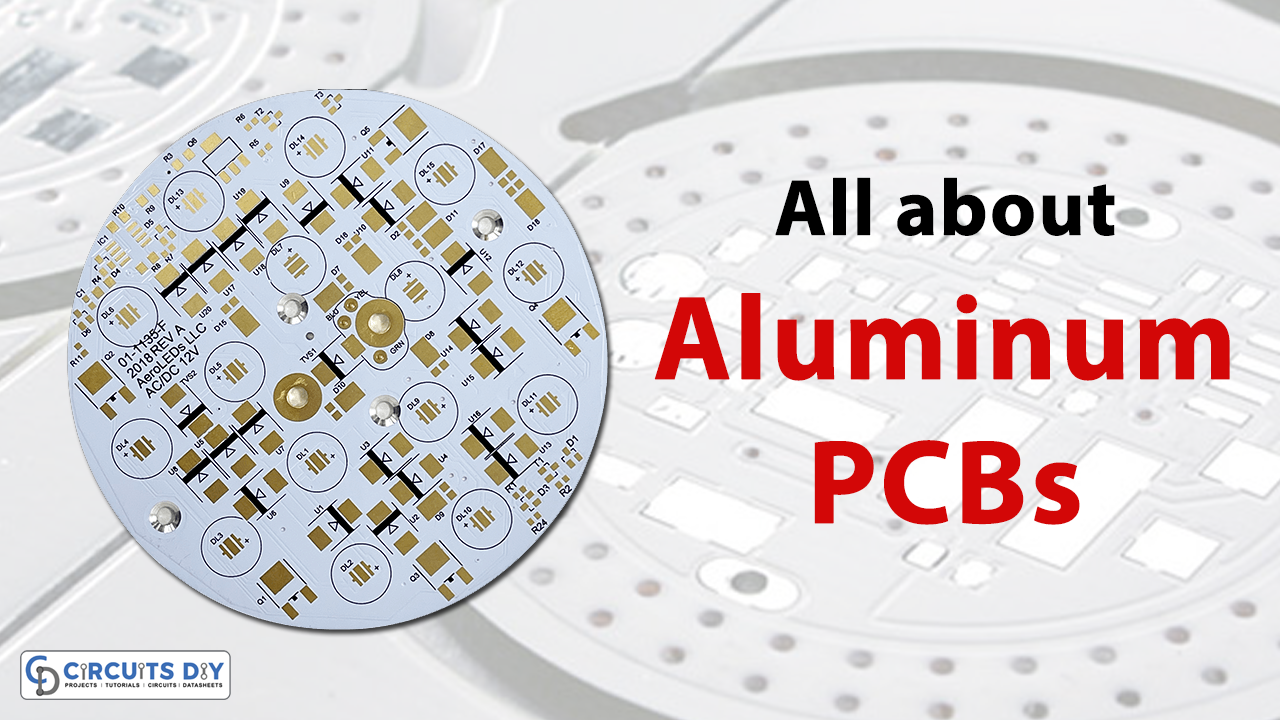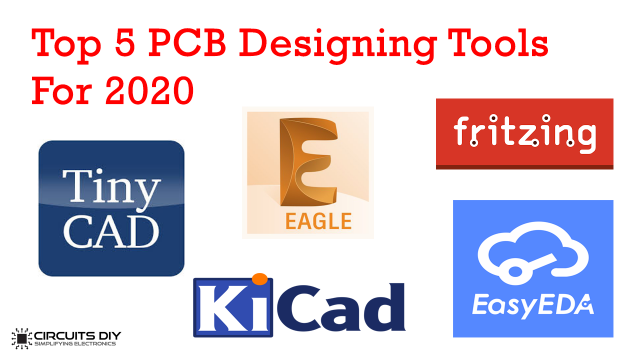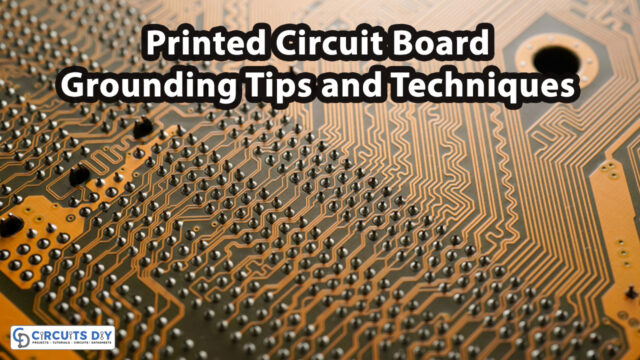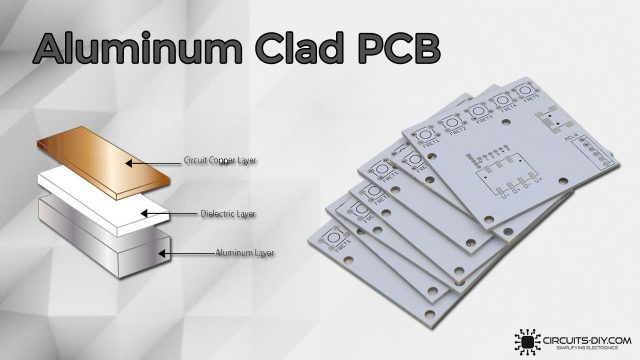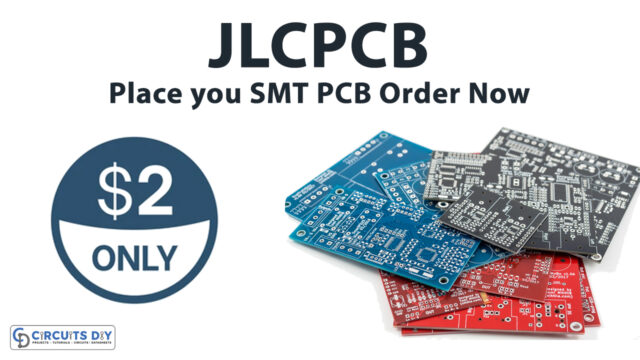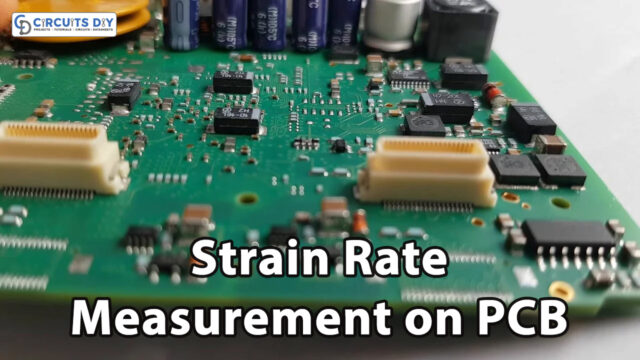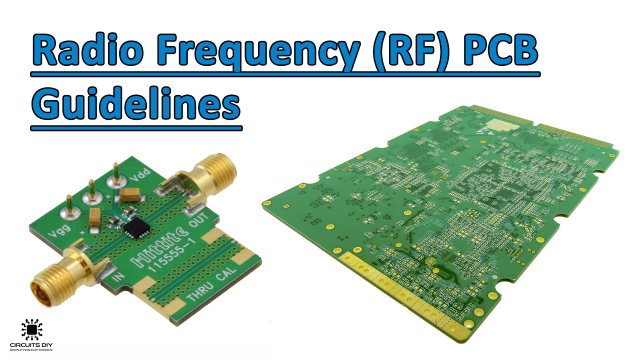Introduction
To learn or study aluminum PCB, one first needs to know about it. Aluminum PCBs have printed circuit boards that have a thin layer of conductive dielectric material. Since thermal conductivity was the main problem back then. The simple PCBs had less conductivity. And, sometimes it damages the circuit and hence the device. Therefore aluminum PCB got invented.
It was developed in the 1970s. Hybrid integration circuits used these PCBs for the first time. After that, its applications get increased and it made a great place in the market. Now they are used everywhere. Hence the importance increases day by day
JLCPCB is the foremost PCB prototype & manufacturing company in china, providing us with the best service we have ever experienced regarding (Quality, Price Service & Time).
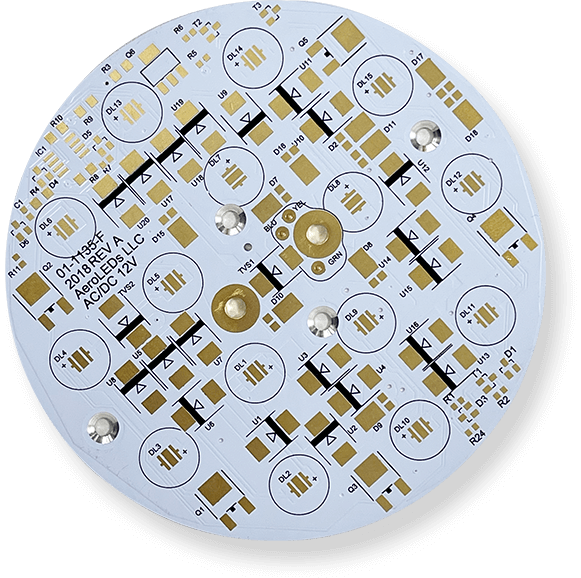
Structure of Layers
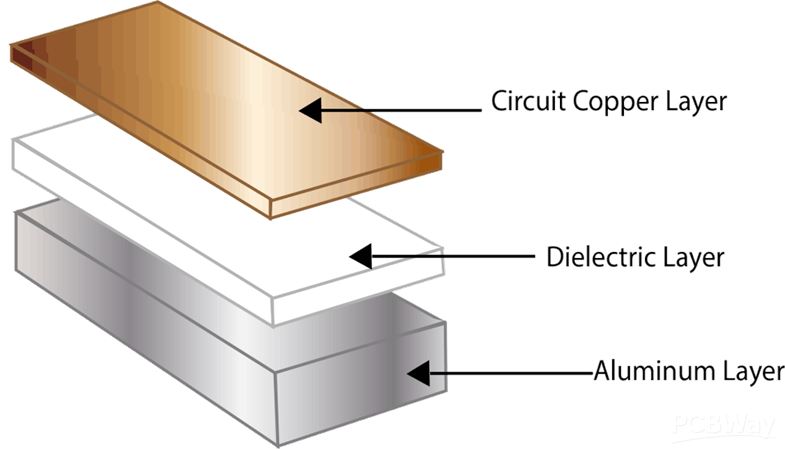
Aluminum PCBs used the CCL. CCL is the type of base material. It has four layers including copper foil, a dielectric layer, an aluminum base layer, and the aluminum base membrane
- Copper Foil Layer: The first layer of this PCB is the copper foil layer. This is relatively thicker than the normal FR4 PBX. Thus, it has a high current carrying capacity.
- Dielectric Layer: after that, there is a layer around the thickness of 50um to 200um. It’s a thermally conductive layer having a low thermal resistance
- Aluminum Base Layer: Further, the third layer is the aluminum base layer. It is made from an aluminum substrate.
- Aluminum Base Membrane Layer: Finally, the base membrane layer. It is for the surface to save it from unwanted etching and rubbing. It is having two types, that is, lower than 120 degrees or approx 250 degrees.
Types of Aluminum PCBs
There are various types in the market based on the different design structures. Below is the description of these types:
- Flexible Aluminum PCB: It contains polyamide resin with ceramic. These materials increase flexibility. One can easily fold the PCB. However, you can’t change the final shape. It is modern in the type of PCB.
- High-Frequency Aluminum PCB: It contains polyolefin or polyamide materials. This improves flexibility. Also, works in high frequency.
- Multi-Layer Aluminum PCB: It has multiple thermally conductive layers. These PCBs are mostly used in power supply circuits. However, they are higher in cost.
- Through-Hole Aluminum PCB: The most common type of aluminum PCB. The thermal material is on two sides of the board
Advantages:
- It is easily recyclable and nontoxic
- Light in weight
- It keeps the heat away from the board
- Some types are also lower in cost. Hence, it is cost-effective
- It has a high durability rate
Disadvantages
- Flexible PCBs can’t bear the pressure and can tear down
- Handling IMS is difficult and there is a higher possibility to get a high start-up cost
Applications of Aluminum PCBs
- The PCBs are used in audio equipment
- Power supplies utilize these PCBs for converters and regulators
- It may be used for interior lighting
- It has medical applications
- For office automation equipment
- In power modules like relays and rectifiers
- For high-power scanners
- Also used in surgical lights
- Signal beacons
Hence, it has a vast application available in almost every area. And, the applications are still growing

